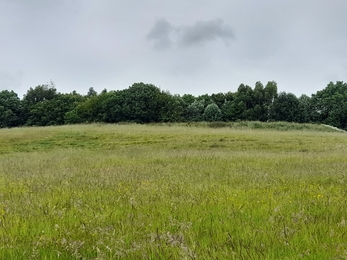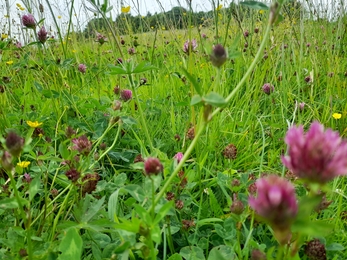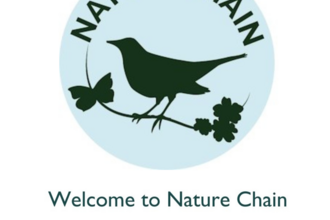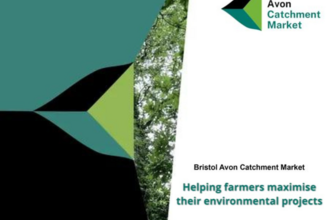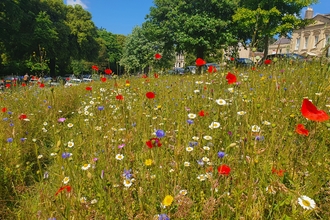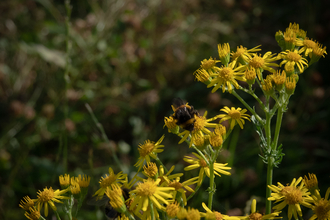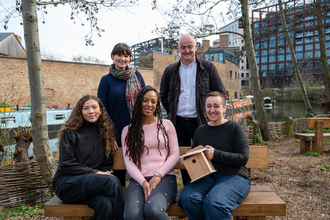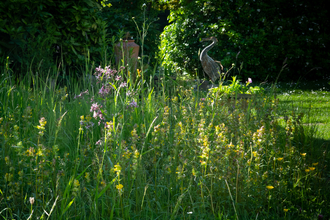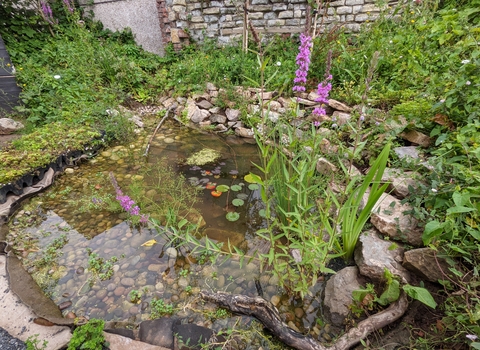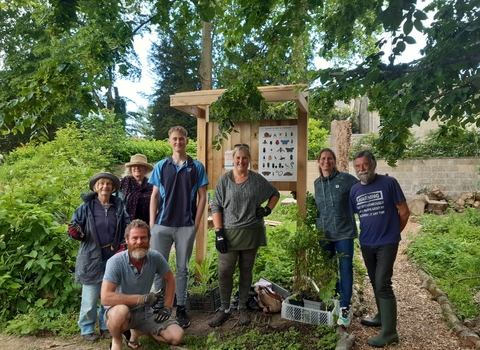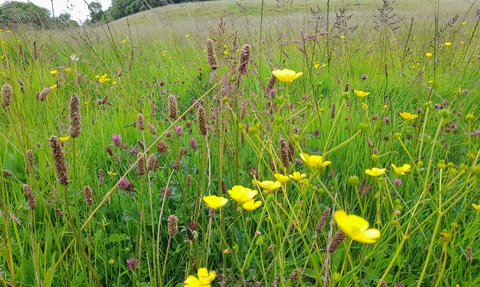
Sophie Bancroft
Freshfold Meadow: Financial and environmental sustainability challenges
Freshfold Meadow
Stephen is a landowner in Freshford, Bath and owns a beautiful wildflower meadow, managed to benefit wildlife and increase local biodiversity. He has a strategic long-term view to preserve these ecological gains.
Freshfold meadow is located next to the local community shop and café. Stephen has received advice from many organisations, such as Avon Wildlife Trust, to maximise the habitat space for local wildlife. Soil and botanical surveys have also been carried out by Youngwilders, as well as receiving and discussing management plans for the site to maximise biodiversity gain.
This story is from the perspective of a landowner, progressing to community managed land, with a long-term perspective.
UK meadows are an important habitat that have reduced by a staggering 97% since 1935. This is mostly due to changes in farming, such as the use of pesticides and artificial fertilisers, cutting regimes and drainage. Increased housing developments have also reduced the number of meadows in the UK. The remaining grassland meadows, like Stephen’s, hold a rich tapestry of wildflowers and trees, are a key habitat area in need of protection and management.
ADVICE: Learn more about community wildflower meadows and mini meadows at home. Experience and advice shared from communities around Avon about set up and maintenance.
Stephen and other local landowners got together to discuss working together in order to achieve this.
The Nature Chain and community strength

The Nature Chain
The Nature Chain was formed locally to encourage and increase nature habitats and strengthen the community. The local area of Freshfold and Limpley Stoke was mapped out –to highlight habitat areas. Local gardens, farmland, private and commercially owned land were all considered in terms of maximising habitat creation and linking green corridors to improve the area for nature and people overall.
Advice to create more wildlife habitat was shared through conversations, events and communications. Advice includes showcasing local examples of gardens with wild patches, planting for pollinators, birds, insects and other species.
By making small changes in our gardens and farmland we can give a vital boost to the wildlife in our beautiful valley and beyond, whilst building resilience against our changing climate.The Nature Chain
Community links are important for collective and meaningful action to take place. Freshfold has a community owned and ran shop and café, community events and other get-togethers. Links to the local school are important, encouraging grassroots nature connection and ties with meadows through learning and play. There is a community garden as part of the shop, growing produce for the business and demonstrating where food comes from.
The Nature Chain is a group of nature-friendly landowners working together in an organised, realistic and strategic way for the benefit of local people and wildlife.
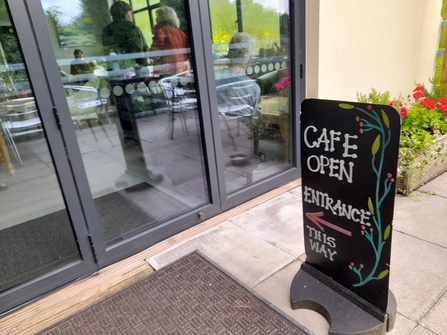
Sophie Bancroft
Financial implications of optimizing a wildflower meadow
There are financial implications for this short and long term. A good regime is required to effectively manage the site well and optimise the wildflowers meadows - grazing and mowing are time, resource and finance heavy.
ADVICE: Farming in Protected Landscapes (FIPL) grants are available from the government to help protect Areas of Outstanding Natural Beauty (AONBs)
Get funding for farming in protected landscapes - GOV.UK
Stephen successfully applied for a FIPL grant, with application advice. A lot of work was put in before applying. Youngwilders helped/consulted for two years prior to applying, getting the right management plan in place. Four other local meadow landowners got together to carry out surveys and apply.
Bristol Avon Catchment Market
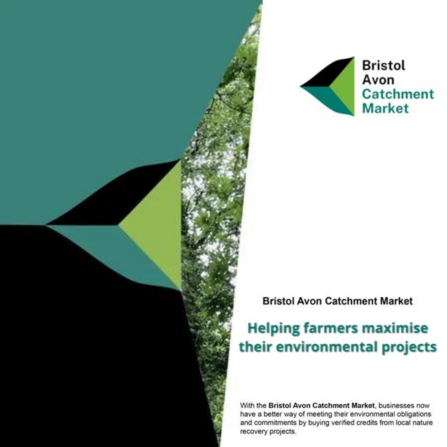
Bristol Avon Catchment Market
Biodiversity Net Gain is another option to make meadow management sustainable financially. The Bristol Avon Catchment Market is a marketplace that brings together landowners and businesses to benefit all parties and the environment.
Bristol Avon Catchment Market
Considerations of the Bristol Avon Catchment Market from Stephen's perspective as a landowner:
- It restores nature and deliver a range of environmental services such as increased biodiversity, carbon reduction and natural flood management.
- The potential to raise capital to fund the future management of the meadows will ensure it benefits nature. This funding would pay for the management and break even financially.
- The commitment is large at 30 years.
- The meadow is a high quality grassland, so improvements to biodiversity have already been accelerated.
- The stewardship scheme would be relevant to Stephen.
Solar panels have been installed on the meadow, which contributes substantial energy to the local community café and shop – helping reduce operation costs in a highly sustainable way. After the initial investment, the solar panels are ‘rented’ to the solar company, which also provides an income for the café and shop. Wildflowers are flourishing near the solar panels!
TIP: Grants are available to install the solar panels. Installed/operated by Community Benefit Society.
A sustainable vision for the future
Vision: A model for managing local meadows, that works sustainably financially and environmentally in the long-term.

Sophie Bancroft
Local Community Organisations hold the best interests locally and have the potential to run and own assets and land, such as the meadows. This is one avenue being explored from a law-protected perspective. Shared values, trust and local interest go a long way.
Community Owned Assets and Community Nature Reserves hold the potential to realise this vision. The local shop and café is community owned and ran as is classed as a charity. It therefore has all of the required operational business infrastructure in place – bank account, insurance, registered charity address, accounts, employees etc. Another subsidiary of the charity could be created for nature, fulfilling a long term financial model for the management of the meadows.
The vision for the sustainable management of local wildflower meadows, both financially and environmentally is heavily tied with the values and links with the local community, providing future habitat for wildlife and strengthening community strength, knowledge and encouragement of a sustainable way of life, maximising wellbeing, local beauty, biodiversity and community support.

Sophie Bancroft
Possible solutions, ideas and resources for long-term management of land
- Bristol Avon Catchment Market
- Citizen Wildlife Reporting
- Community Owned Assets
- Community Nature Reserves
Bristol Avon Catchment Market is a viable option for long term protection and management of the meadow, as discussed above.
Citizen Wildlife Reporting
For any community looking to take long-term management of a meadow, to be ran by the community, will need to create baseline measures of biodiversity to show future improvement and vastly increase chances of funding.
ADVICE: Surveying gives a base line for biodiversity, which is extremely useful to show progress of site management and efforts to bring wildlife back. This is useful for local wildlife and also financial stability for the future when regarding the future use of the site, through biodiversity net gain and also preventing future developments. It also encourages and educates the local community to help protect the land.
Citizen wildlife reporting
Community Owned Assets and Community Nature Reserves
The community will hold the best interests for the community, but there needs to be a long-term plan in place. There is a lot of advice and experience shared, including the challenges and wins of setting up and running a community group shared on the resource below:
How to create a community group
Classification of community group was a common challenge, as explained on the resource below@
Explanations of community group types
Community Interest Companies (CICs), Charitable Trusts and other classifications are explained in plain English with a few local examples shown.
Resources

(C) Hannah Bunn
Be part of Team Wilder
All actions for nature collectively add up and creates life for people and wildlife.
Share your actions for nature, like Tom by sharing and tagging @avonwt on social media and
Log your actions for nature on the map

